Community leaders unveil policy action agenda to address PFAS in Michigan
Great Lakes PFAS Action Network’s PFAS Policy Agenda sets legislative priorities from community members impacted by PFAS
OCTOBER 12, 2021
LANSING - The Great Lakes PFAS Action Network, a coalition of community members impacted by PFAS contamination, today unveiled its PFAS Action Agenda, a set of policy priorities to address PFAS in Michigan and protect impacted people and communities across the state. Community leaders announced the Action Agenda at a virtual press conference as lawmakers continue to deliberate how to spend the more than $11 billion from state revenue and federal COVID-19 stimulus funds.
“PFAS impacts people, communities, waterways and wildlife across our entire state. It's a growing crisis that requires forward-thinking action, and there are concrete steps that state policy makers can take now in order to address it.” said Tony Spaniola, co-chair of the Great Lakes PFAS Action Network. “As leaders on the front lines of this crisis, we live and experience it like no one else. We know that it will continue to grow and that we need to get out in front of it with urgency and resolve. We came to Lansing today to send that message.”
The Action Agenda provides a number of policy recommendations that the Legislature and the Whitmer Administration can enact to better serve communities impacted by PFAS and prevent further contamination and exposures in Michigan. It was developed from the experiences of people in impacted communities and also draws from policies enacted in other states. A key pillar of the agenda involves stopping PFAS at its source and enacting policies to regulate the entire family of chemicals that number in the thousands.
“We are calling for policy solutions to prevent future PFAS contamination, and that starts with stopping PFAS at the source,” said Sandy Wynn-Stelt, co-chair of the Great Lakes PFAS Action Network from Belmont, Michigan. “With more than 7,000 different PFAS chemicals only a small fraction are currently regulated in states across the Great Lakes region. We must stop using PFAS for firefighting foams, stop state agencies from procuring PFAS-containing products and regulate PFAS chemicals as a class.”
PFAS chemicals have been detected in the drinking water of nearly 2 million Michiganders and in every one of the Great Lakes. However, there are even more exposure pathways that need to be addressed. For example, some bio-solid based fertilizers have been found to contain PFAS, which has been used on crops, potentially entering the food system. The Action Agenda calls for health-based standards for biosolids and regulation of the use of highly contaminated biosolids for agriculture. Maine has enacted policies to address this issue.
“We know we have more than 11,000 potential PFAS sites in Michigan, but the full extent of the PFAS crisis in the Great Lakes region is even broader,” said Robb Kerr, member of the Great Lakes PFAS Action Network from Ann Arbor. “Understanding our full exposure to PFAS is absolutely essential to addressing this PFAS crisis in our state. We look forward to working with lawmakers and the administration on these solutions.”
Another major issue community leaders seek to address is lack of accountability for polluters when they are found to be responsible for PFAS contamination. In many cases, when a polluter is found to have caused contamination and harm to people and communities, stronger enforcement mechanisms are needed to ensure they pay for cleanup. The current statute of limitations for holding polluters accountable in Michigan is woefully inadequate and is among the worst in the nation.
"Under the 1976 toxic substance control act, EPA could require testing for chemicals when providing evidence of potential harm. These types of laws are reactive and allow companies to essentially regulate themselves. We need proactive measures to ensure containment to avoid a reaction," said Salah Ali, Great Lakes PFAS Action Network member from Dearborn. “We must also do a better job of holding PFAS polluters accountable. This starts with those responsible for contamination to restore the environment in which they've polluted and avoid carrying the burden onto the residents.”
There are significant opportunities for research and development of technologies to safely dispose of PFAS once it is discovered. Other states have forged partnerships with universities to study PFAS disposal methods that are safe to the environment and human health. The Great Lakes PFAS Action Network is calling on Michigan to do the same.
“We have some of the best research universities in the country right here in Michigan. We need to harness those resources to find permanent solutions to getting rid of these forever chemicals,” said Cathy Wusterbarth, resident of Oscoda and member of Need Our Water (NOW), Oscoda. “Public health and action on PFAS must be a long-term priority for the government, and we need to find innovative solutions to address this water contamination crisis for good.”
A full version of the action agenda can be found at https://www.glpan.org/policy-agenda.
